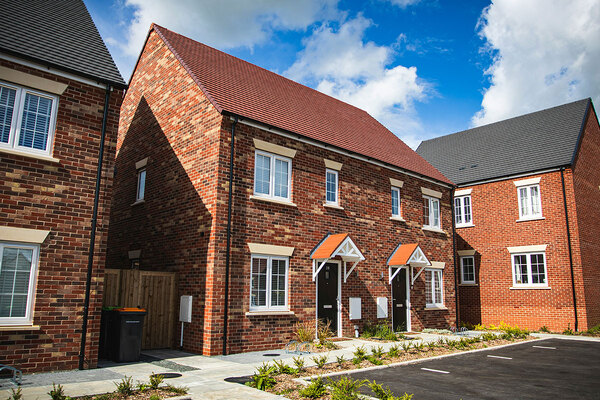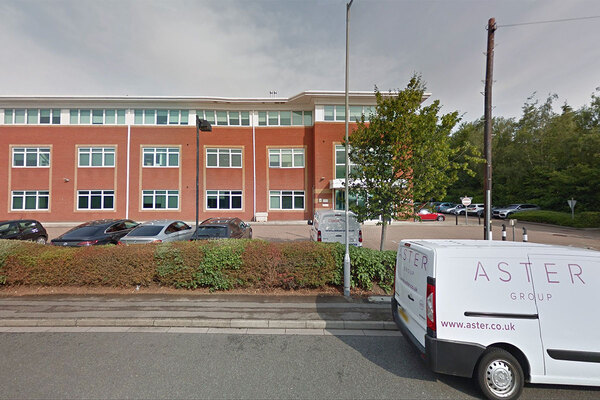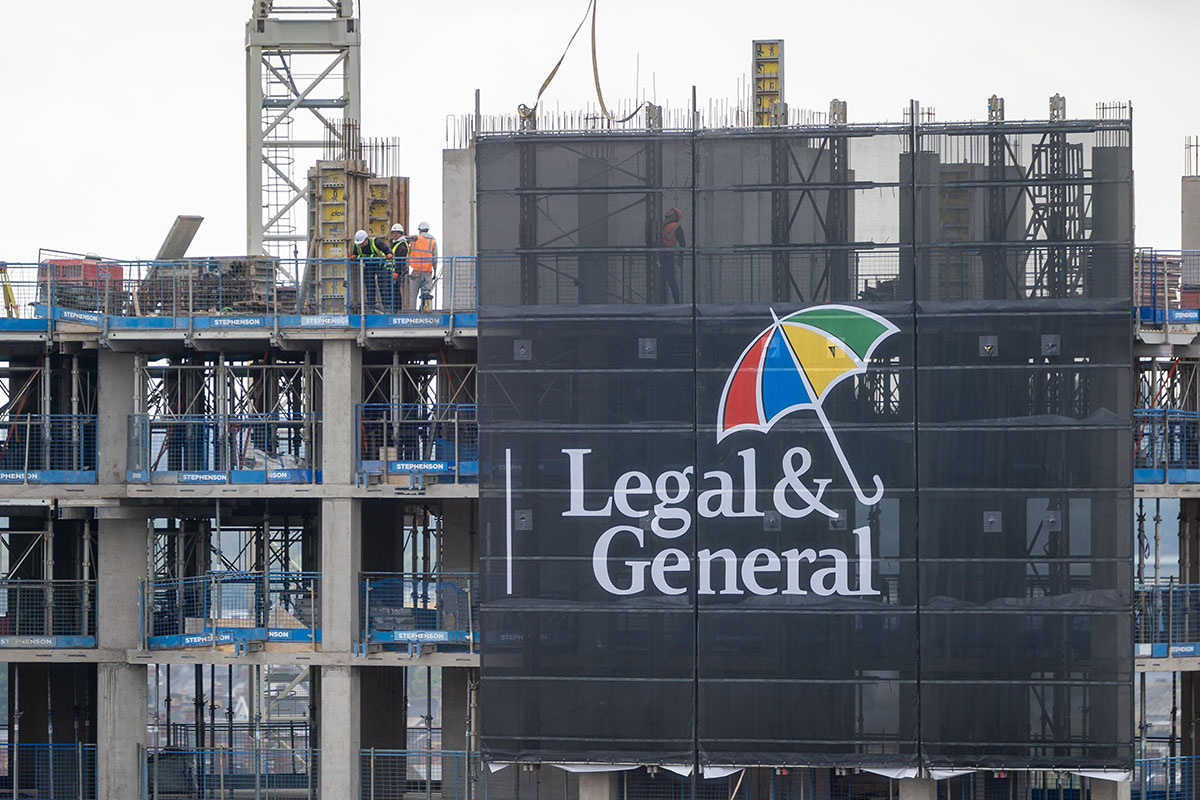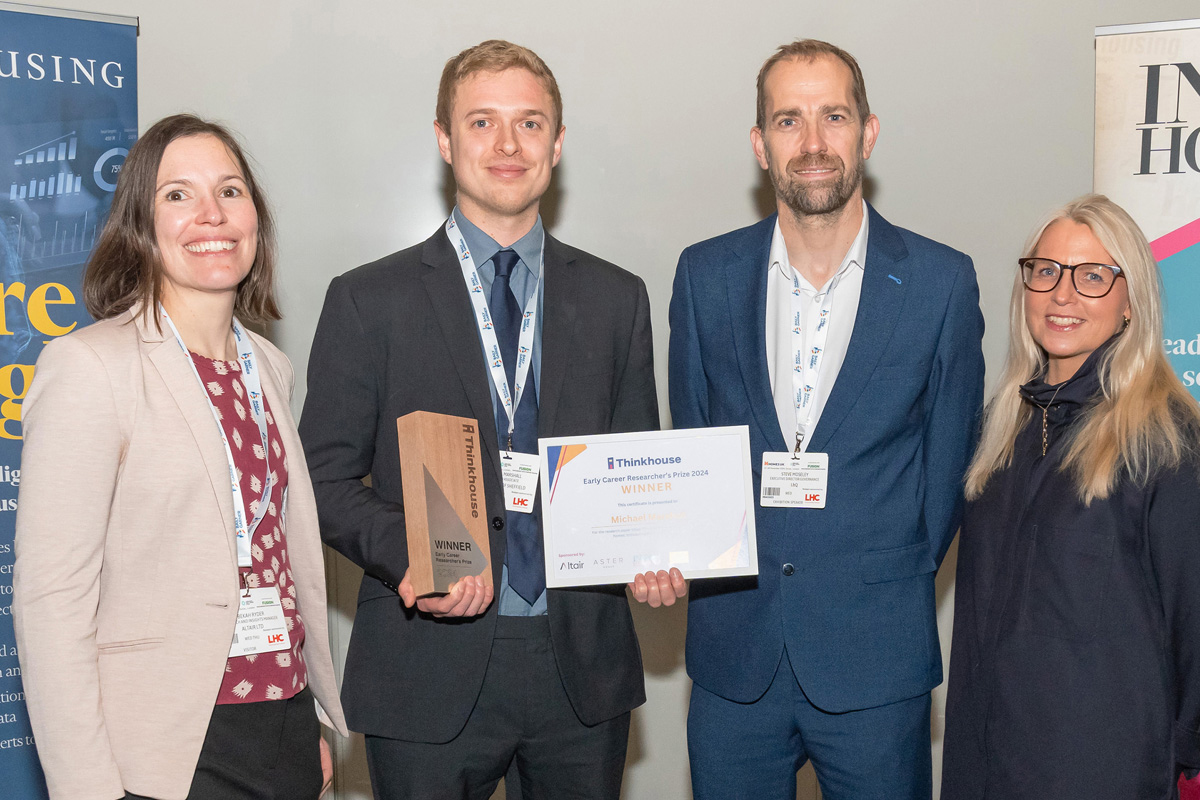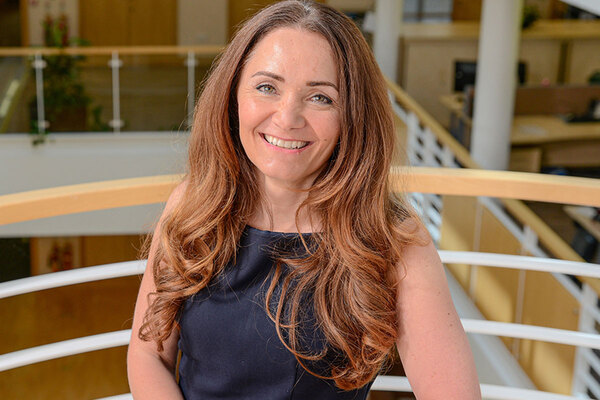You are viewing 1 of your 1 free articles
What future for shared ownership?
Bekah Ryder, research and insights manager at Altair, considers challenges around shared ownership, reforms to the tenure and what the future might hold
Shared ownership is a well-established tenure, having been introduced in the form we know it by the Housing Act 1980 (which also brought in the Right to Buy).
At the end of March 2023, shared ownership represented about 6% of registered providers’ stock in England, with just over 252,000 low-cost homeownership properties. The vast majority of this stock (98%) is owned by private registered providers. This does not include homes where the resident has fully staircased, which makes up some of the 140,000 leasehold properties in which private registered providers have a leasehold or freehold interest.
The tenure has come under increasing scrutiny of late, particularly as the building safety and cost of living crises have contributed to rising costs for shared owners. These costs, alongside higher housing costs, raise questions about whether shared ownership can continue to be considered affordable homeownership.
Despite these questions, there is clearly still demand for shared ownership homes. First-tranche sales increased 2%, to 17,507, from 2021-22 to 2022-23.
Over the past 14 years, the average (mean) market price of shared ownership properties has increased by 88%. This is above the wider housing market, which experienced an 80% increase in house prices, probably reflecting higher-pressure housing markets where shared ownership homes are located.
As house prices increase, so does the value of deposits. The average shared ownership deposit in 2022-23 was £23,200, the highest since this was first reported in 2008-09. This remains far below the UK average deposit for a first-time buyer (£53,414).
But house price inflation far outpaces wage growth. This is also set against a backdrop of higher inflation, and higher interest rates to control these rises, both of which drive up the costs of mortgages, rents and services.
Issues with the shared ownership tenure were highlighted in a report by the Levelling Up, Housing and Communities (LUHC) Committee in March 2024. This concluded that shared ownership schemes have “failed to deliver” an affordable route to homeownership.
“The Housing Ombudsman recently stated that it has handled significantly more leasehold and shared ownership complaints in London compared with the rest of the country”
The report found rents, service charges, liability for repairs and maintenance, and the complexity of homeownership leases make shared ownership an “unbearable reality” for many people seeking to take the step to fully staircase and become 100% homeowners, as Clive Betts, the chair of the committee, put it.
Complaints around shared ownership and leasehold properties are particularly acute in London. The Housing Ombudsman recently stated that it has handled significantly more leasehold and shared ownership complaints in London compared with the rest of the country – 369 leaseholder and 171 shared ownership complaints in 2023-24, compared with 58 and 87, respectively, in the next-highest region, the South East.
The government has made some changes to the tenure to address these and other concerns.
These include new model leases from Homes England and the Greater London Authority, which have increased the minimum lease length term from 99 to 990 years, the option to staircase in lower increments (1% a year for the first 15 years and 5% increments thereafter), and repairs and maintenance costs for new builds covered by the landlord for 10 years.
Homes England has released revised affordability guidance on new sales of shared ownership homes. This includes a detailed assessment of an applicant’s income and expenditure combined with the minimum surplus monthly income adopted by each registered provider. The affordability assessment should ensure that the mortgage an applicant secures represents no more than 30% of their net income after accounting for firm expenditure commitments, rent and service charge (as applicable).
As part of Homes England’s Compliance Audit requirements, a sign-off sheet and budget planner should be completed and signed by relevant parties as evidence of an affordability assessment and outcome.
The Leasehold and Freehold Reform Act proposes reforms to service charges, though these require secondary legislation before they come into effect. The Renters’ Rights Bill proposes that shared ownership leases cannot be assured tenancies. This should mean shared owners will have greater (statutory) rights and protections when it comes to lease extensions.
The other big change is Labour’s draft Leasehold and Commonhold Reform Bill, which delivers on a manifesto commitment to move from leasehold to commonhold. Given that this is based on the Law Commission’s work on this issue, new shared ownership leases may move to commonhold. This might include allowing shared owners to challenge expenditure that exceeds a certain amount specified in the Commonhold Community Statement.
“If there is no new government funding for shared ownership, this will affect cross-subsidy financing of new low-cost rental homes”
The previous government, in its response to the LUHC Committee report, rejected making service charge liability proportionate to the share owned by the leaseholder, due to the effect on increasing subsidy.
Given that Labour committed in its manifesto to increase the number of homes delivered through the Affordable Homes Programme (AHP) using existing funding, we might expect any changes should not increase the government subsidy per home. We can expect further details in 2024-25 when the consultation for the draft bill is likely to launch, before being formally introduced to parliament.
Better data-collection and analysis will also facilitate understanding of these issues and their scale. The previous government committed to this, which we hope the current government will bring to fruition. The soon-to-be-published tenant satisfaction measures can also be interrogated for providers with comparatively high or low rates of satisfaction for shared owners.
Finally, the rent certainty and additional funding for cladding remediation, announced in the Autumn Budget, may clarify costs (and ease any safety fears) for shared owners.
Labour has so far stayed very quiet on shared ownership. We will have to wait to see what funding will be made available for which tenure in the next AHP, given that the government has said it will prioritise new homes at social rent.
If there is no new government funding for shared ownership, this will affect cross-subsidy financing of new low-cost rental homes (not so much of an issue if public funding fills the gap) and raise questions about government intentions/interventions on affordable routes to homeownership.
And, of course, even if the tenure falls out of favour, there will still be some shared owners who may be trapped by cladding and other fire safety remediation issues, or rising costs, who may welcome further reform, such as reverse staircasing or a lease variation.
We, like the rest of the sector, will watch this space with interest.
Bekah Ryder, research and insights manager, Altair
Sign up for our daily newsletter
Already have an account? Click here to manage your newsletters


